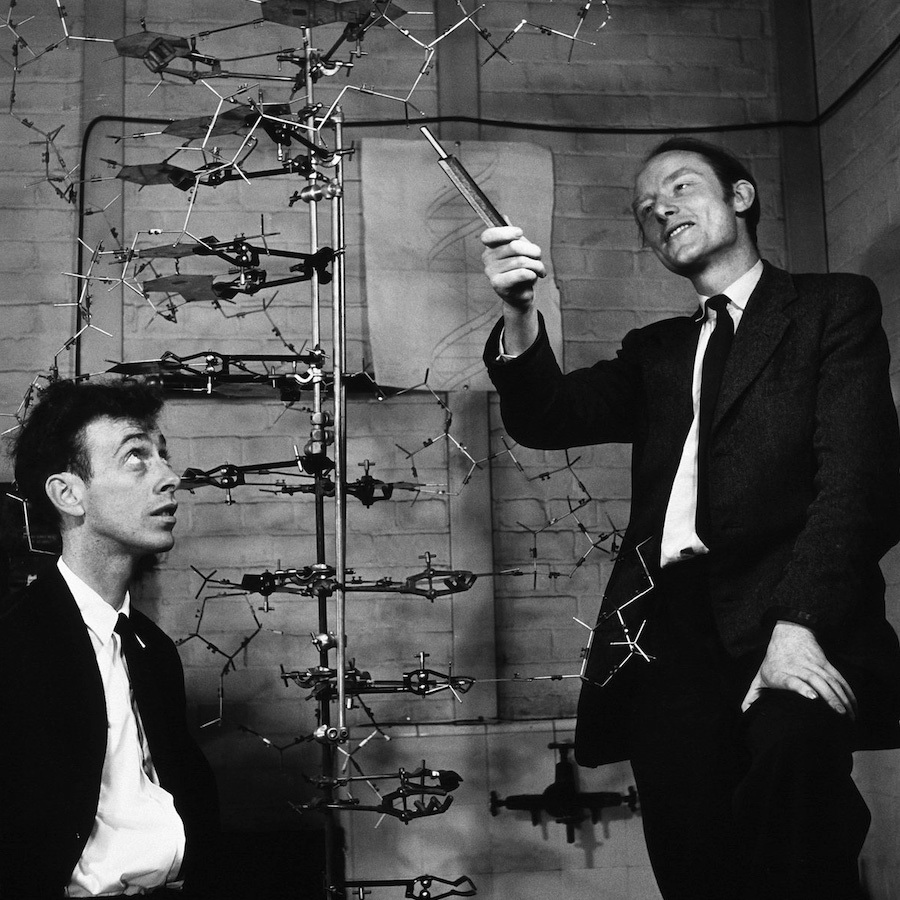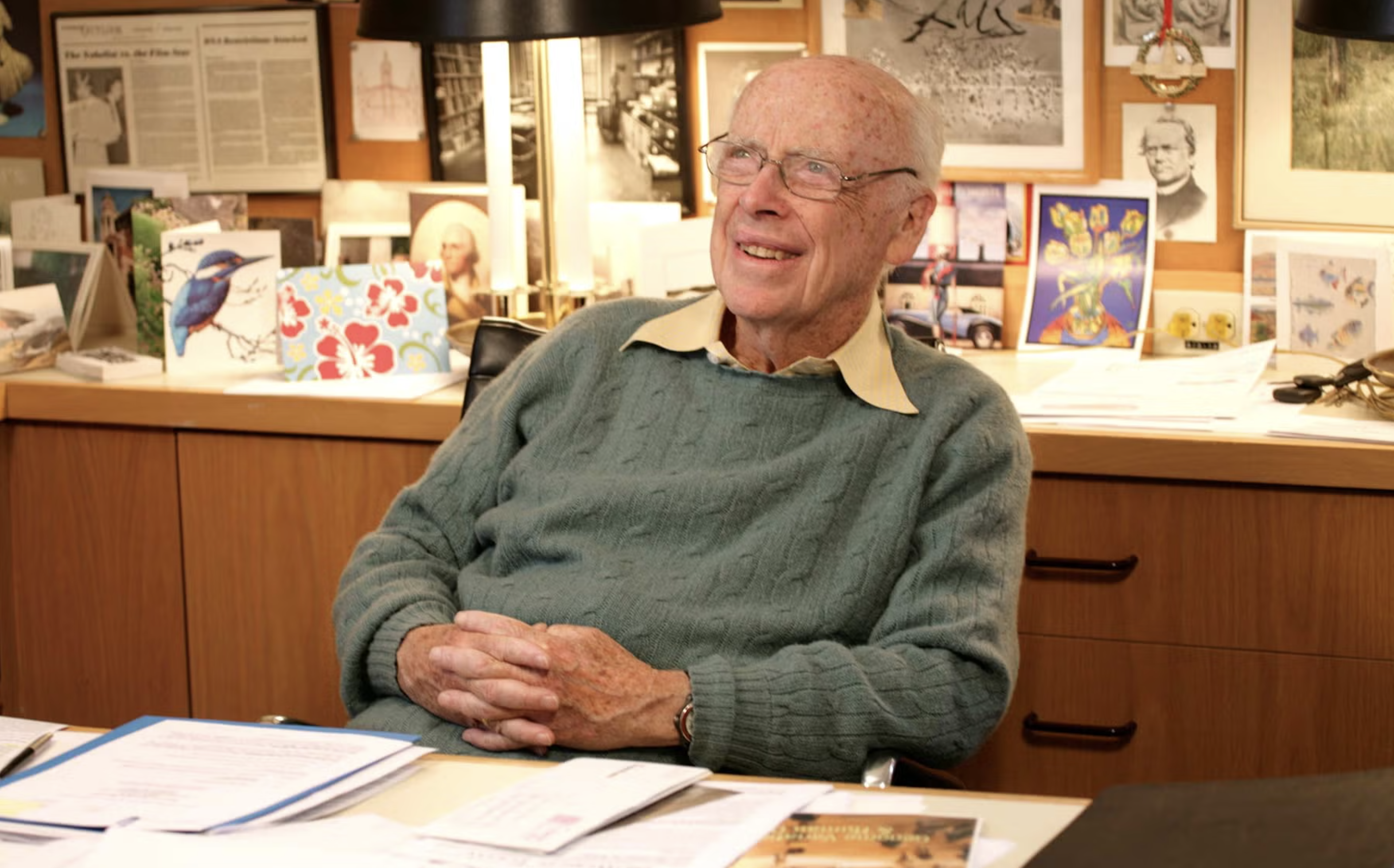
Your DNA: A Critical Tribute to James D. Watson

James D. Watson passed away on November 6, 2025, at the age of 97. At Adnà, this moment offers an opportunity to revisit—accurately and without embellishment—both the scientific impact and the complex legacy of one of the most influential figures in modern genetics.
1. A Foundational Discovery
In 1953, Watson and Francis H. C. Crick published in Nature the model of the double-helix structure of DNA, supported by crucial data from Rosalind Franklin and Maurice Wilkins.
This breakthrough laid the groundwork for modern molecular genetics and paved the way for countless fields, including personalized medicine, biotechnology, and the DNA relationship testing that underpins Adnà’s services.
In 1962, Watson, Crick, and Wilkins jointly received the Nobel Prize in Physiology or Medicine “for their discoveries concerning the molecular structure of nucleic acids and its significance for information transfer in living material.”
As Nature summarized, this discovery “reshaped modern biology.”

2. What This Means for Adnà
For Adnà, whose signature line is Your DNA Has Answers , this scientific legacy provides essential context:
- The “why”: Without the elucidation of DNA’s structure, we would have no molecular basis to understand genetic inheritance.
- The “how”: This discovery made possible the techniques we use today—genotyping, locus analysis, parent-child comparisons, and more.
- The responsibility: Because our work rests on decades of rigorous research, we are committed to delivering accurate, confidential, and ethically handled results.
3. Controversies and Their Significance
Watson’s career cannot be viewed solely through the lens of scientific achievement. Several important elements must be acknowledged:
- His public statements: Beginning in 2007, Watson made widely criticized remarks about race, intelligence, and genetics.
- Institutional consequences: Cold Spring Harbor Laboratory eventually revoked his honorary titles following these statements.
- Debates surrounding recognition: Rosalind Franklin’s essential contribution to DNA structure determination was not recognized by the Nobel Prize, a point still debated today.
At Adnà, we approach this with clarity: scientific progress is inseparable from the individuals behind it—their insights, but also their shortcomings. This strengthens our commitment to handling genetic information with respect, transparency, and a strong ethical framework.
4. What This Means for the Future
For our clients and partners, several key ideas emerge:
- The discovery of the DNA double helix remains the basis of all modern ancestry and relationship analyses.
- Understanding the human dimension behind scientific breakthroughs reminds us to approach genetic information with empathy and care.
- At Adnà, we aim to combine scientific rigor with human sensitivity in every service we provide.
5. Conclusion
The death of James D. Watson marks the end of an era in the life sciences. His legacy—brilliant yet complex—continues to influence the work of organizations like Adnà.
We honor the scientific discovery that made our mission possible: offering answers through DNA. At the same time, we reaffirm our commitment to delivering these answers with professionalism, respect, and a deep sense of ethics.
We thank our clients, partners, and readers for their trust. Together, we continue the journey of understanding and connection made possible by DNA.

Other Journal: DNA
VIEW MORE


